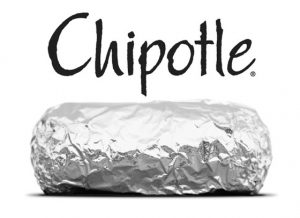Darwin is in northern Australia.
It’s close to the equator.
ABC News reports Top End parents are being urged to vacuum up tiny brown and white droppings of gecko poo amid an above-average rise in salmonella cases affecting young children.
Darwin annually records above national average rates of salmonella, especially among children under five during the humid months around Christmas.
This wet season is no different, however the past month has seen an unexpected rise in cases.
“We’re getting about 50 per cent more than we’d expect at the moment,” Dr Peter Markey, head of disease surveillance at the NT Centre for Disease Control, said.
There are many different strands of salmonella, with the disease’s spread generally linked to contaminated food, warm conditions, polluted water, unclean surfaces and the spread of faecal matter.
Symptoms include fever, diarrhoea, vomiting and dehydration, with children and the elderly especially badly affected.
Dr Markey said Top End-specific research conducted by the centre in recent years had identified many well-known risk factors.
“We’ve isolated salmonella from geckos, lizards, snakes. Dogs and cats and turtles are important carriers too. Goldfish even, because aquarium water can be contaminated.”
Dr Markey said young children handling pets and then not washing their hands would often lead to them getting sick, however some might be getting sick from actually eating tiny animal faeces.
Gecko poo is generally elongated and brown, sometimes with a tip of white, and is often mistaken for mouse or rat droppings.
“Toddlers of course live on the ground and crawl around and put anything in their mouths,” Dr Markey said.
“We showed that regular vacuuming can help.
“It’s important to get that gecko poo or the frog poo off the ground or balcony.”










